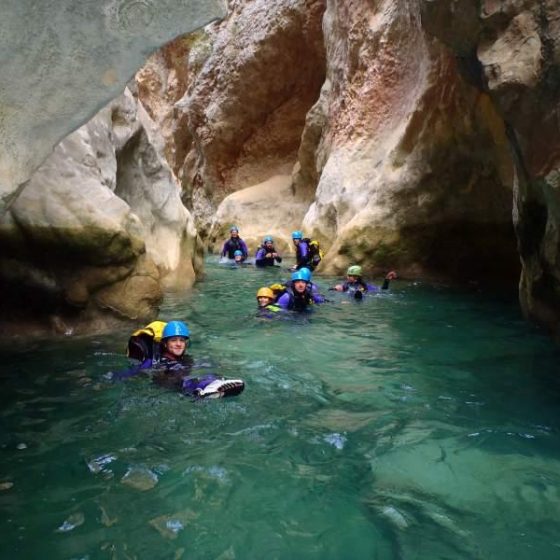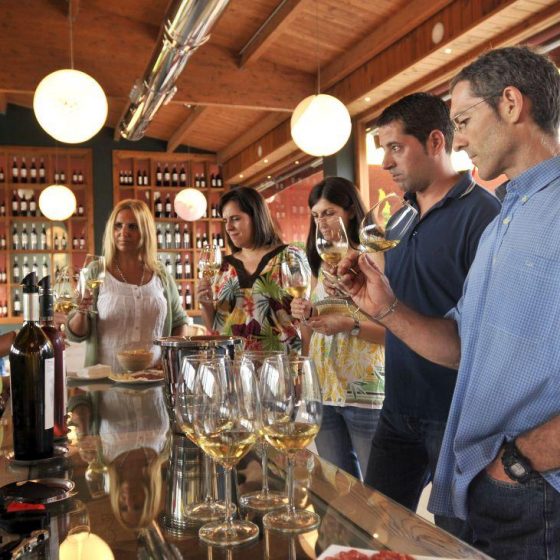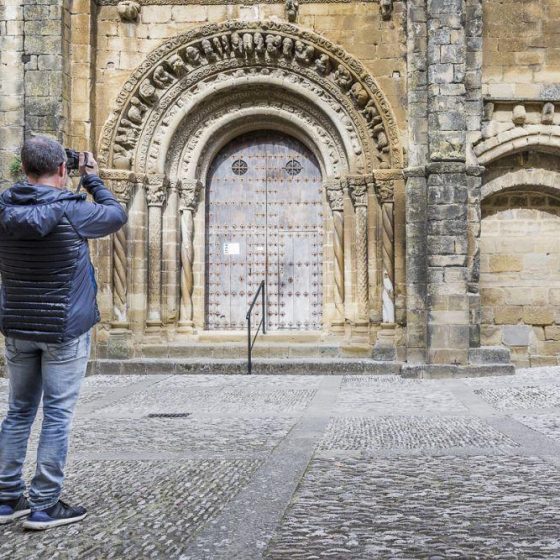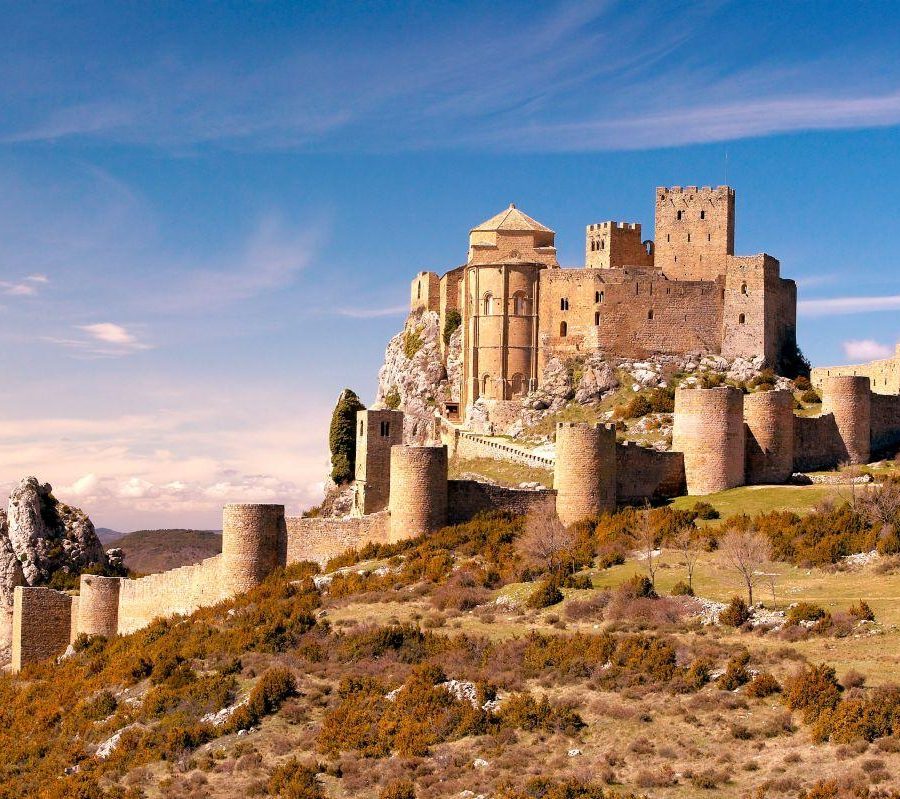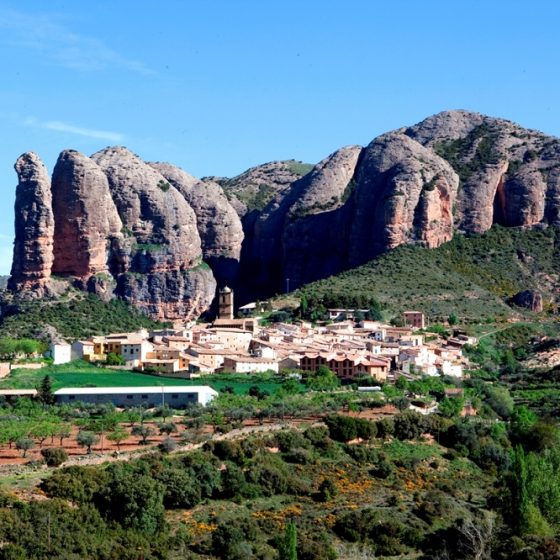THE EXPERIENCE
The enigma of San Juan de la Peña is a game of clues to locate a manuscript codex stolen in the 12th century from the monks of the Monastery of San Juan de la Peña. Through the clues that will give us the actors who give life to the different characters. The clues will lead us from the Monastery of San Juan de la Peña to the Church of Santa María de Santa Cruz de la Serós, the Church of Santiago de Agüero and the Castle of Loarre.
An escape room journey in which we will have to test our ingenuity and logical abilities to successfully solve the mystery of the codex.
A fun way to bring the Romanesque and part of the Middle Ages of Aragon to all audiences, in an entertaining and educational way at the same time. Travelers will be able to live and understand in first person the origin of some of the most significant elements of the Aragonese Middle Ages.
San Juan de la Peña
In the heart of the Aragonese Pyrenees lies the spectacular area of the Protected Landscape of San Juan de la Peña and Monte Oroel, and among its most outstanding elements is the Old Monastery of San Juan de la Peña, a jewel of the medieval period. The preserved buildings, only a part of those that existed, are excellent testimonies of the successive artistic forms in the different periods in which this singular center had life.
Santa María de Santa Cruz de la Serós
Located on the left bank of the Aragón River, Santa Cruz de la Serós has been declared a Historic-Artistic Site on the Pilgrims’ Route to Santiago de Compostela. Its name, “de la Serós”, refers to the nuns (sorores or serols) who established their Benedictine monastery there until the end of the 16th century, when it was moved to Jaca. All that remains of it is the magnificent church of Santa María, a jewel of Aragonese Romanesque architecture and contemporary of the Cathedral of Jaca.
Santiago de Agüero
Impressive Romanesque temple that, although unfinished, was declared a National Monument. It has three naves and a triple apse. It has three naves and a chevet with a triple apse. Its doorway is magnificent, with a relief of the Epiphany on the tympanum.
In the interior the decoration of the capitals is figurative and abstract, of great value. The sculptural works of the temple are related to the masters of the cloisters of San Juan de la Peña and San Pedro del Viejo. The large number of different stonemason’s marks that can be seen on the ashlars suggests the number of workers involved in this large-scale work, which for various reasons could not be completed.
Castillo de Loarre
Nearby the village of Loarre, 1071 meters high and only 30 km from Huesca is this majestic fortified enclosure considered the best preserved Romanesque castle in Europe. Built on a rocky spur, it consists of several buildings, most of them in a good state of preservation, among which we can see the walls and towers, the fortress, the hommage tower or the viewpoint of the queen (with splendid views over the mountains and the plains), as well as other dependencies of monastic origin, such as the church or the crypt.
